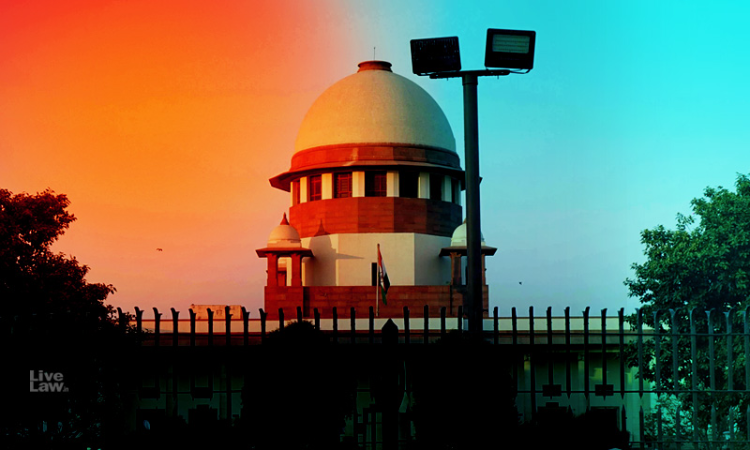'Virtual Courts Not Antithetical To Open Court System': Supreme Court
Akshita Saxena
4 May 2020 1:51 PM IST

Next Story
4 May 2020 1:51 PM IST
"The time has come when the Judicial organ of the State as whole must evolve into the age of technology and in such view, it is imperative that all the stakeholders must welcome, accept and act as per the necessities of a fair adjudicatory process before the Virtual Court system. Notwithstanding the resistance and technological challenges faced by the Virtual Court System today, at...
